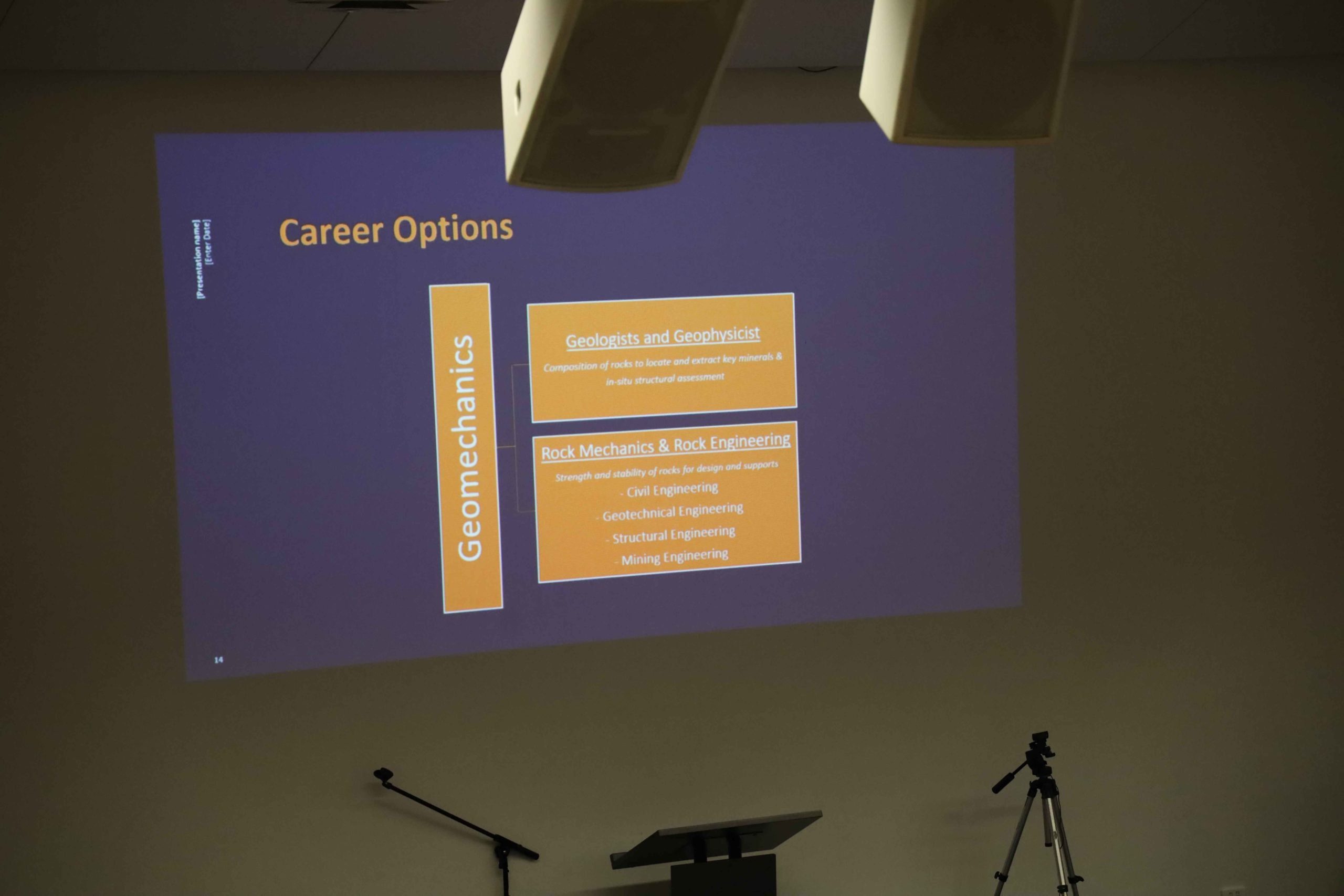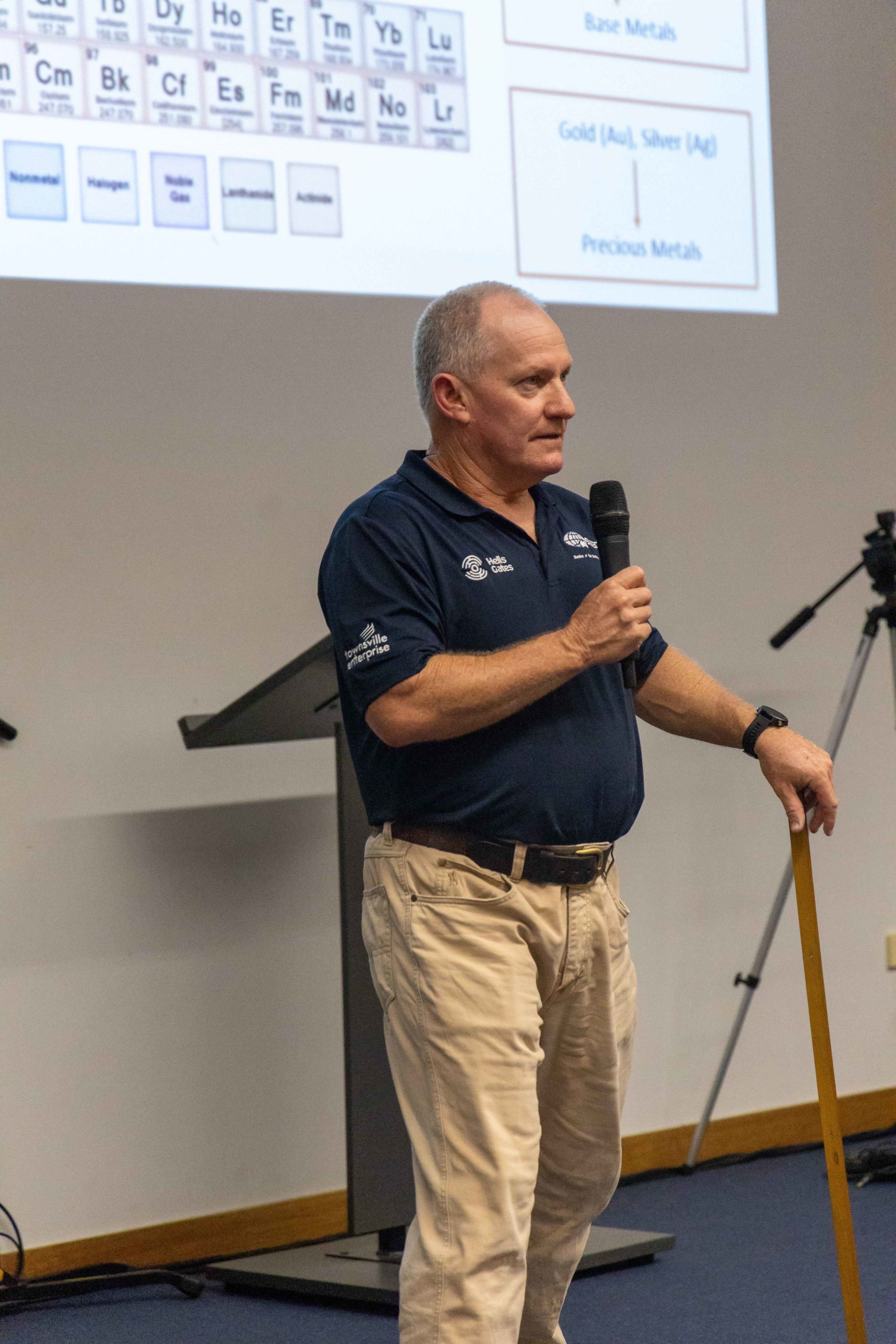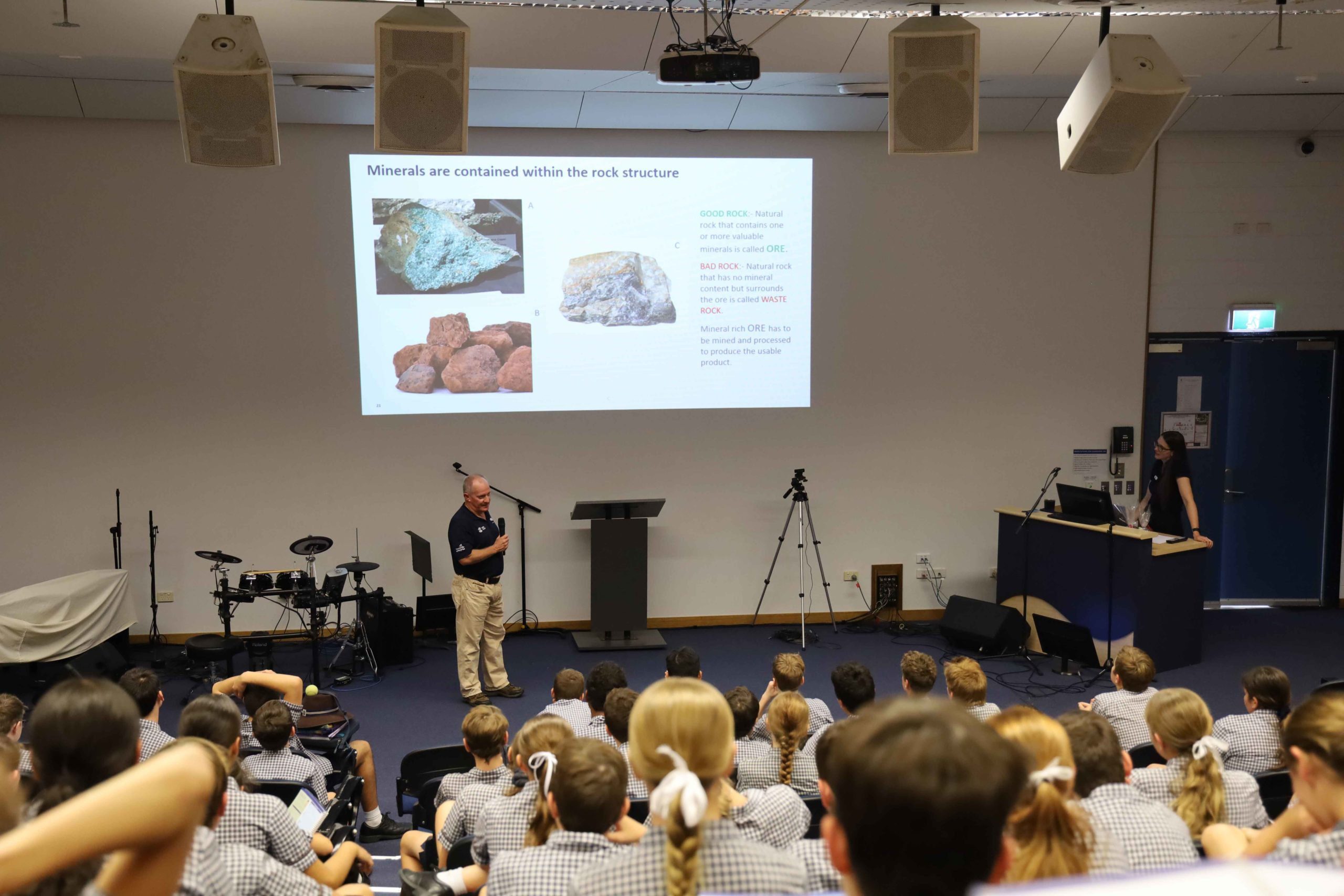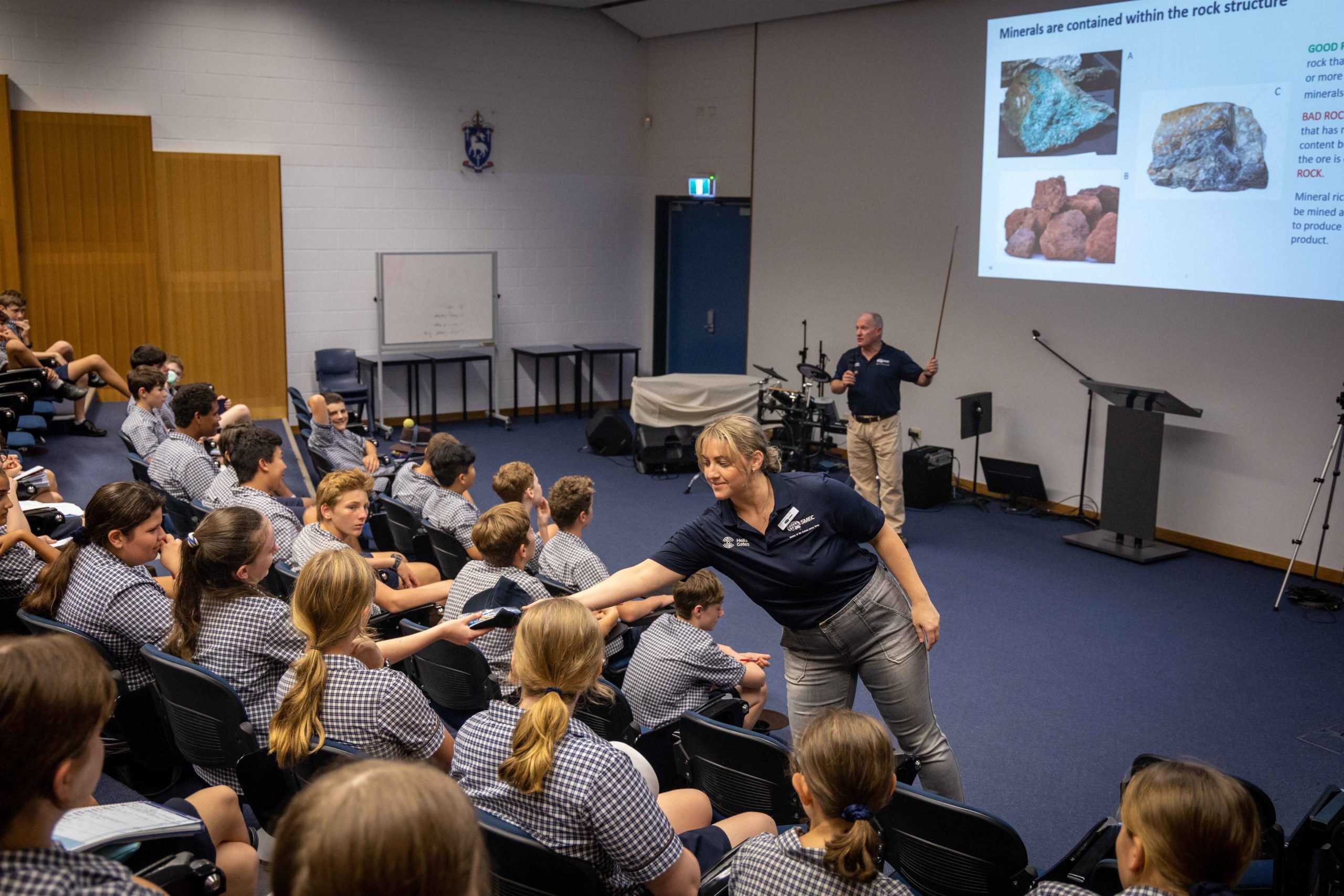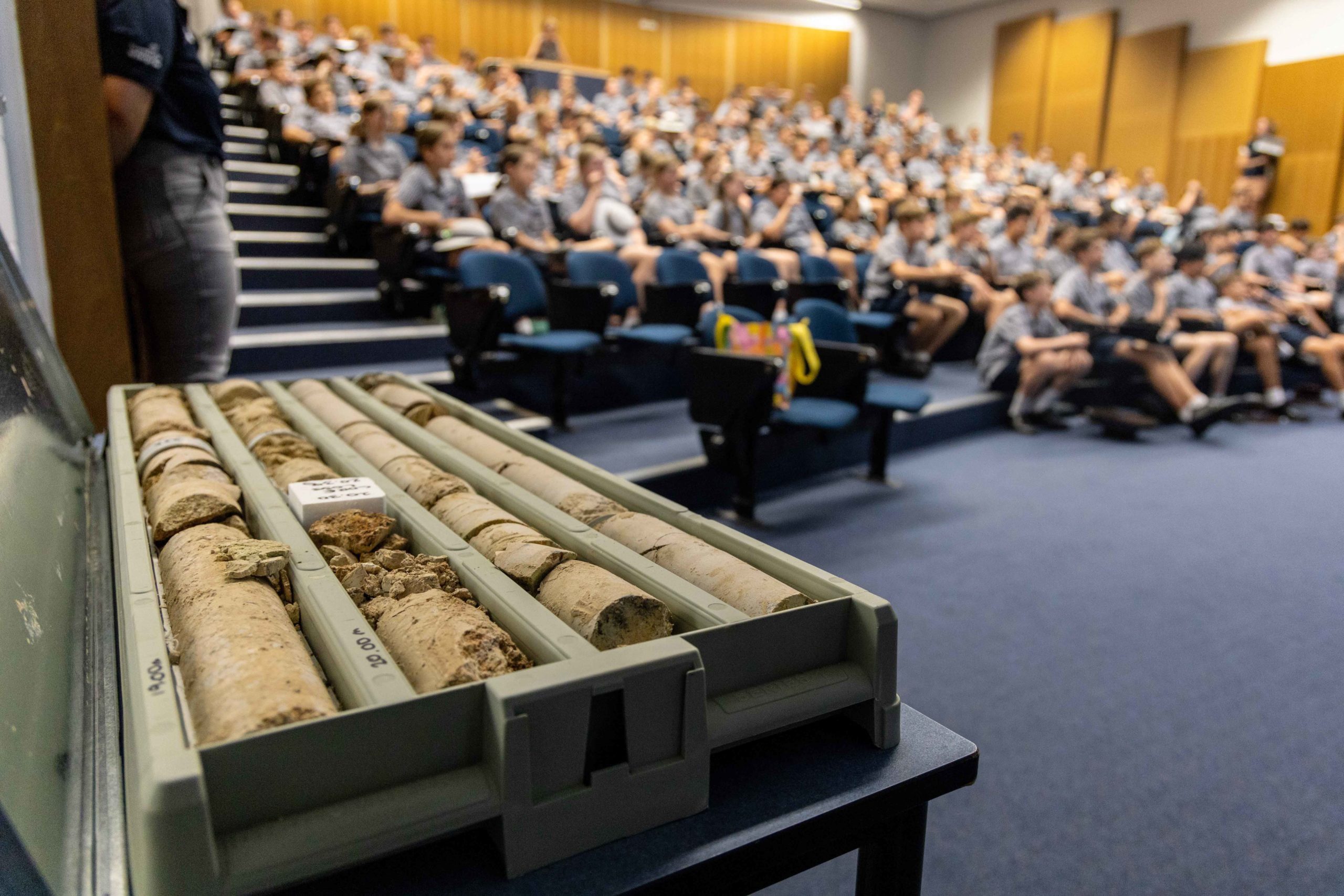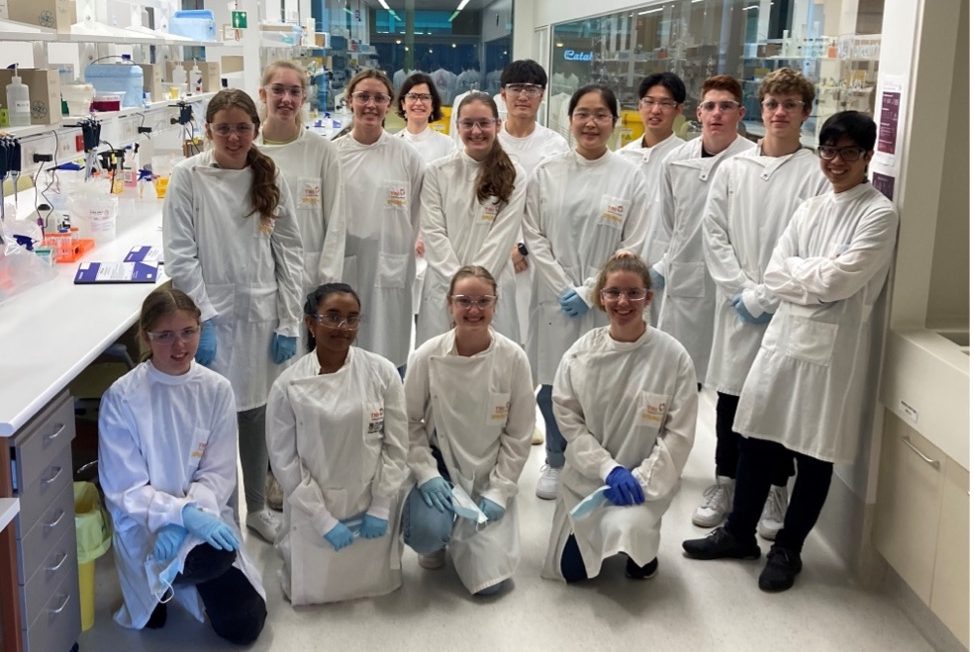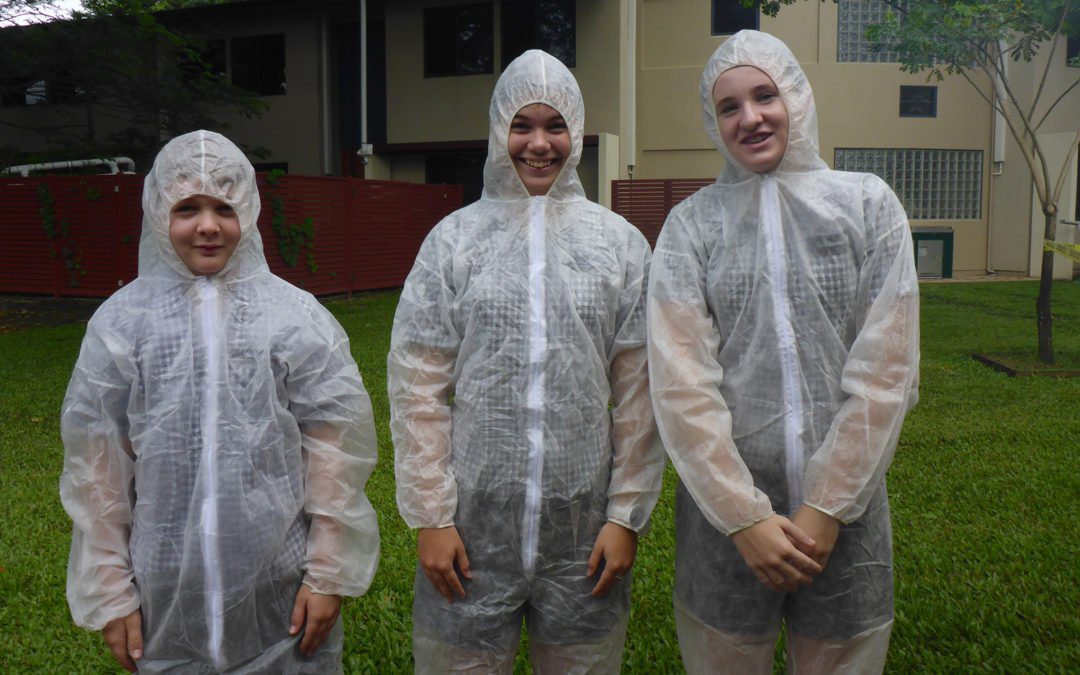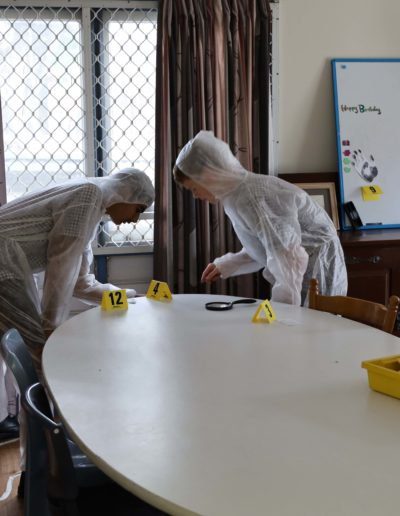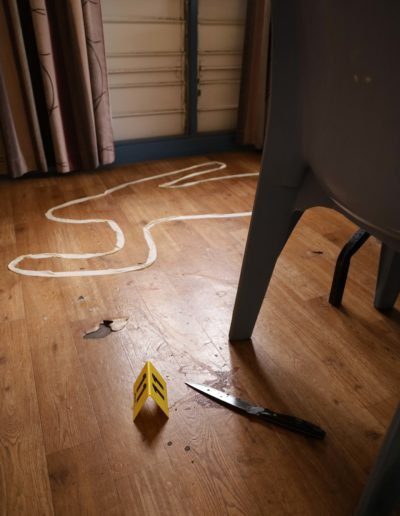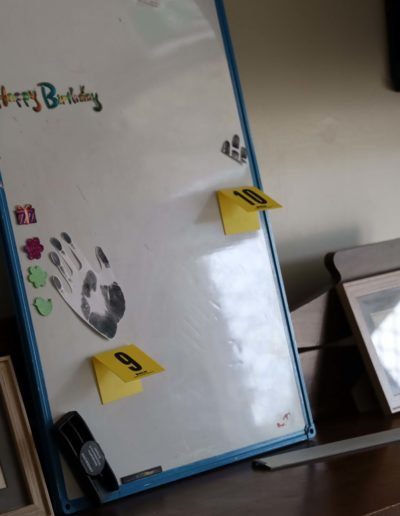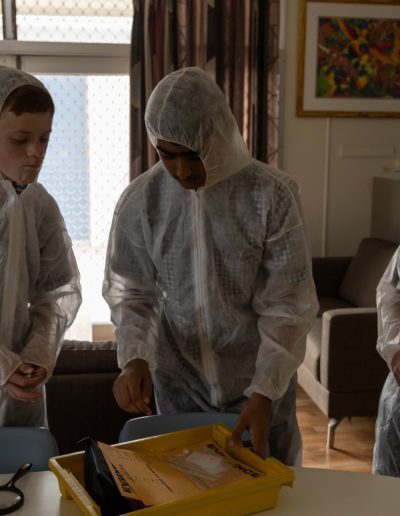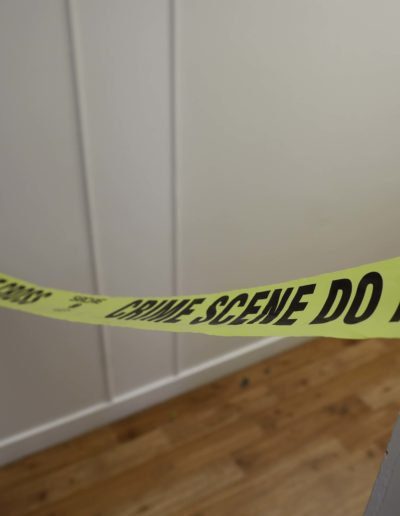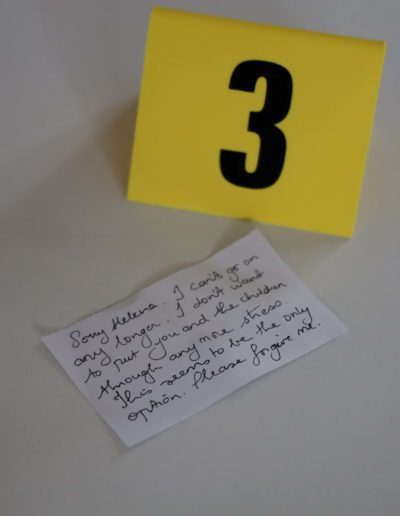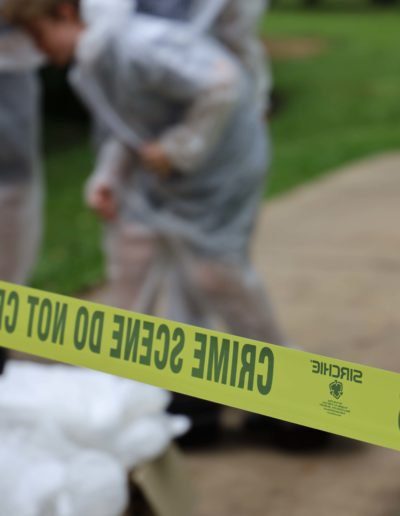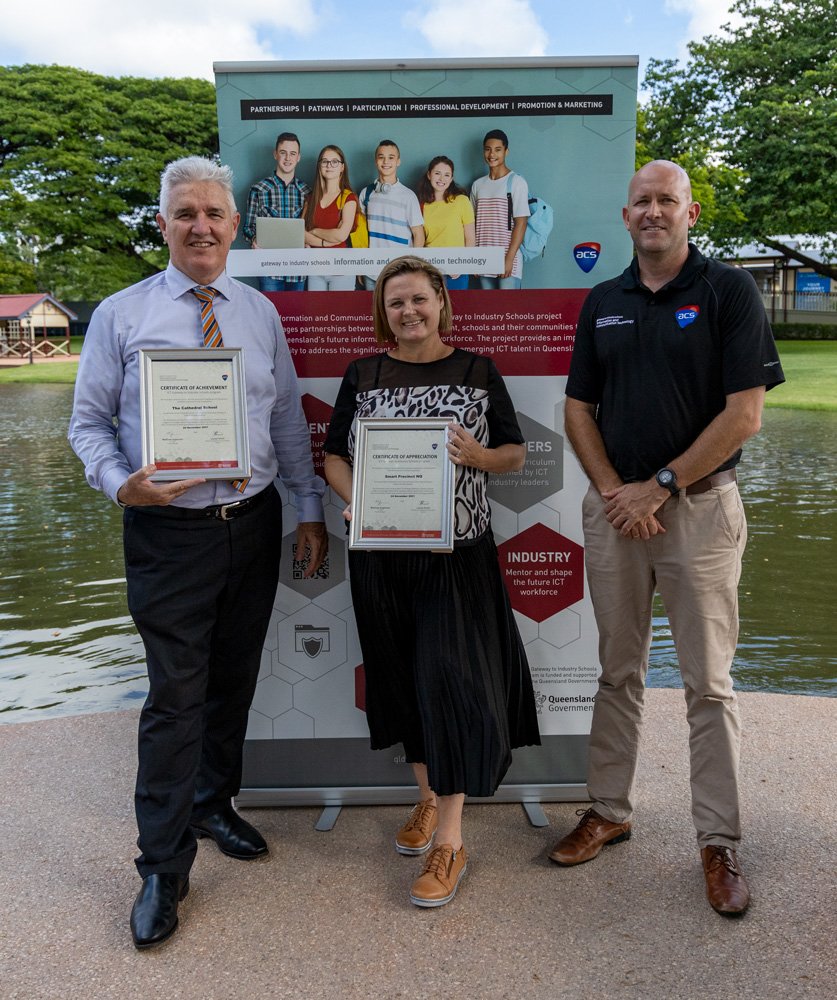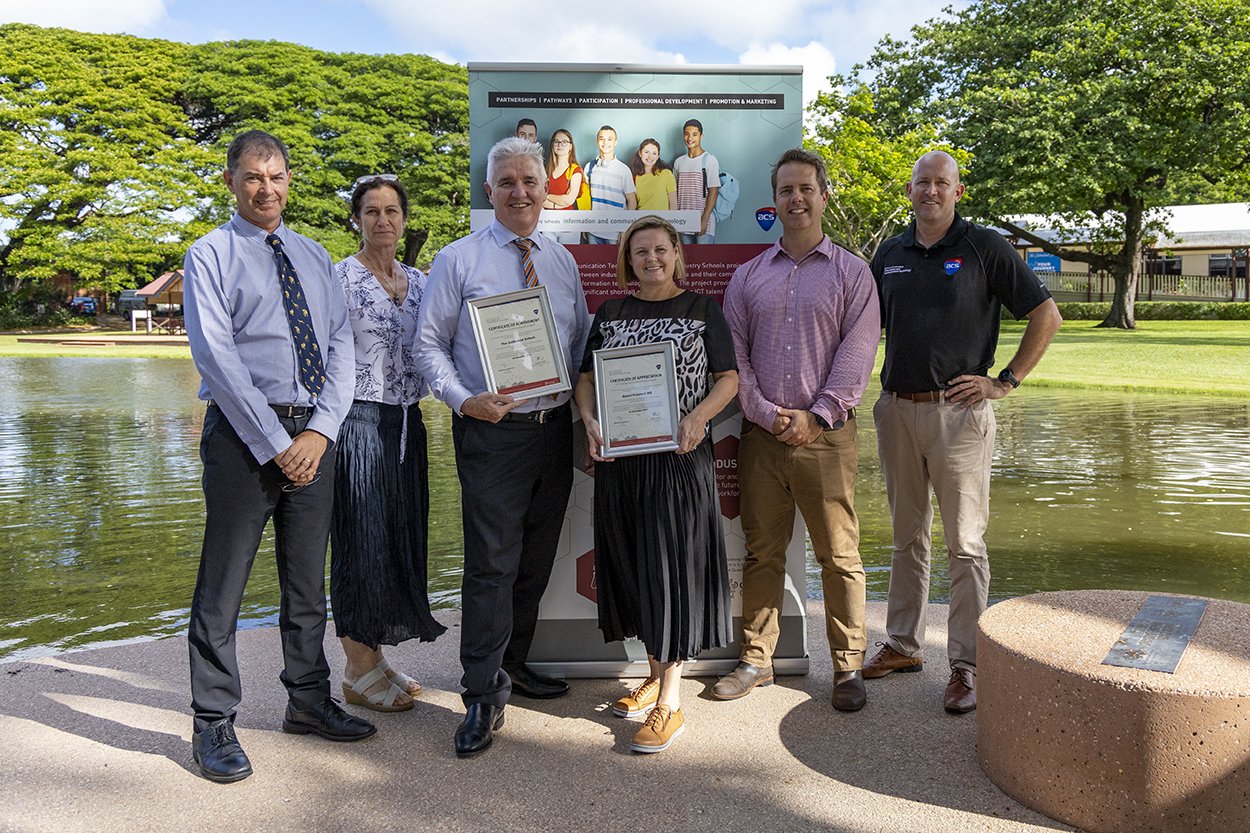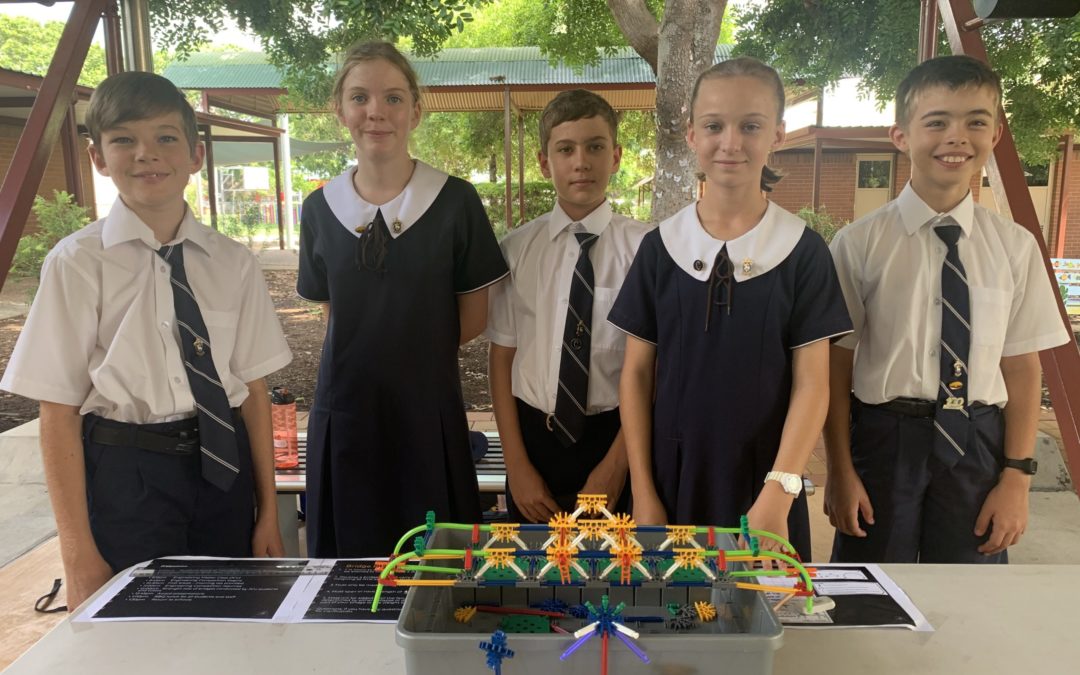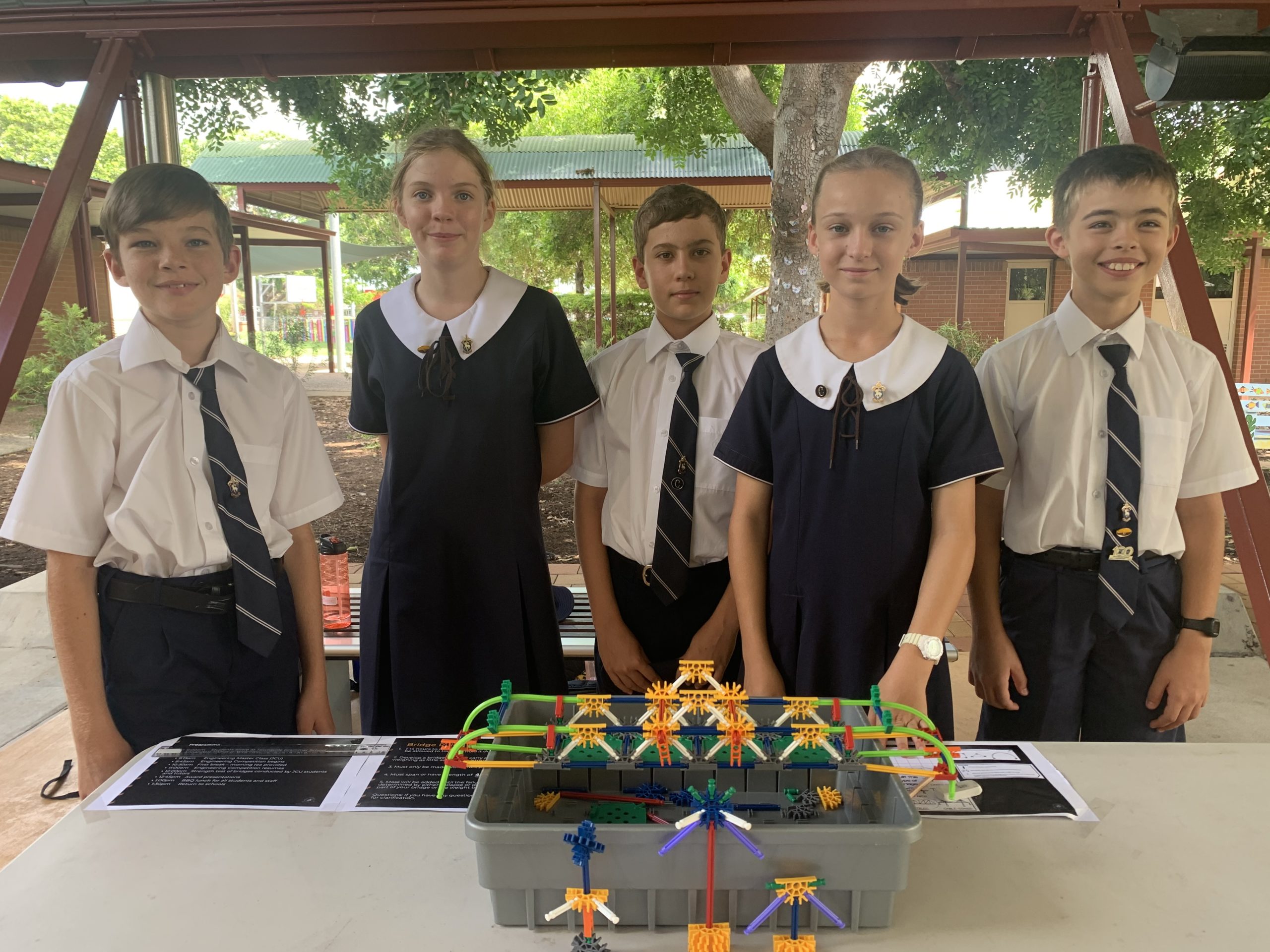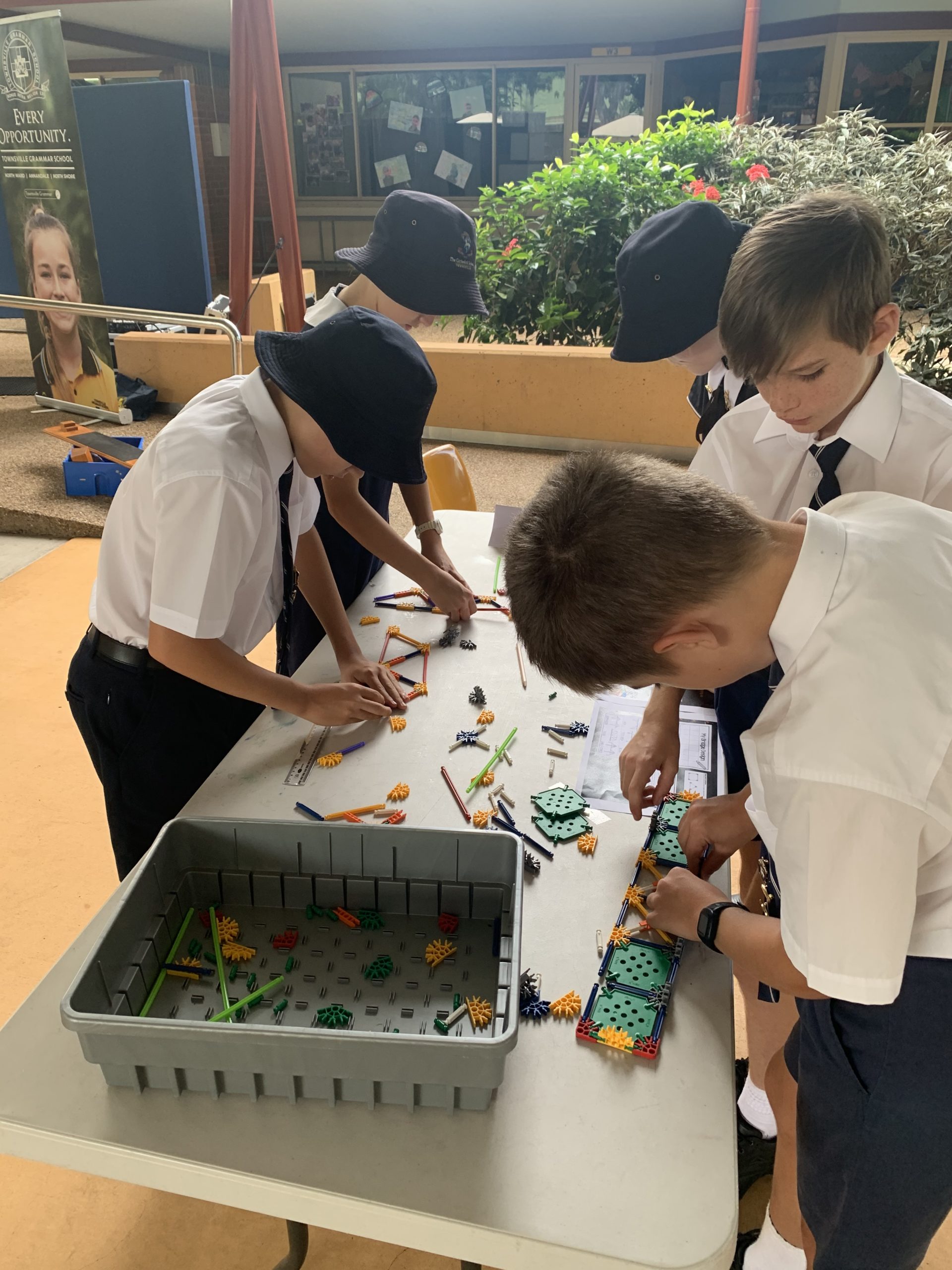
Industry visit by SMEC
The Cathedral School welcomed industry experts SMEC to speak to our Year 8 students last week – discussing the importance of rocks, mining, and future careers in Engineering, Geology.
Story by Miranda Mackee – Year 8
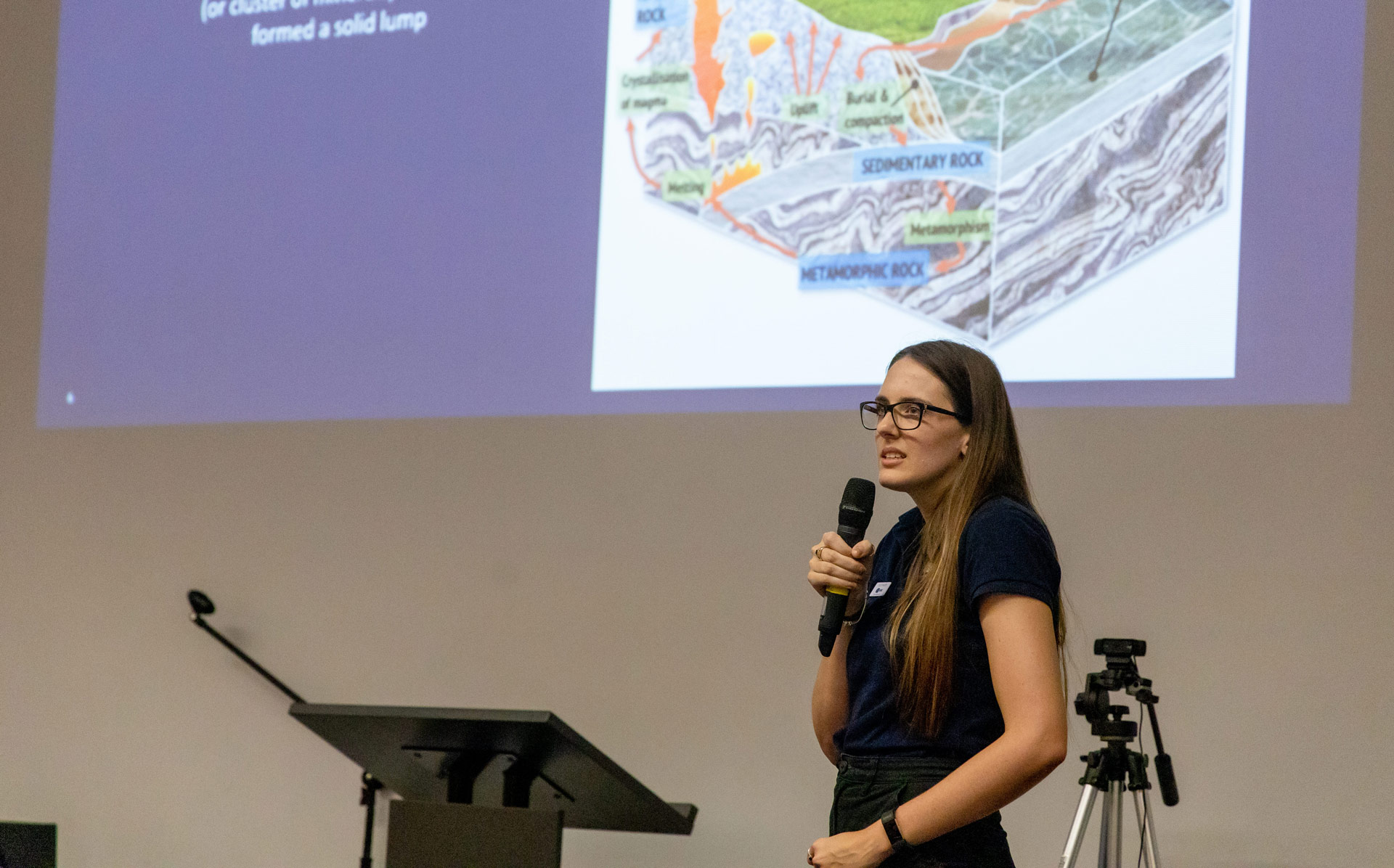
‘Today we learnt the importance of rocks and minerals. Cathedral had Terry McCauley and Chloe Madden come in from SMEC and teach us about rocks and the different ways they can be used throughout the industry.
Chloe taught us the importance of rocks and how they can be used for bases in structures like a house, bridge and a dam. Rocks can also help hold structures steady like at the strand they have rocks to stop the erosion of the shoreline. We learnt the importance of making sure the supporting rock of a tunnel must be strong to make sure that no rock and debris can fall on a person or trap a person in the tunnel. Terry then took over and taught us about the biggest rock industry – mining. We learnt the two types of mining methods – mining underneath the ground and mining at the earth’s surface. Mining underneath the ground can be done by digging shafts and cutting paths for the machinery to be able to move up and down. Mining at the earth’s surface can be done by drilling away the waste rock to reach the ore body from the ground surface.
Terry taught us about how massive the machinery they use in mines are and what happens to the things they mine out of the earth, as they take the waste rock in one direction and the ore body in the other. The ore body rocks are than taken through this process of concentration, refining and smelting. Terry and Chloe were interesting speakers as they kept the grade interested through questions, which had prizes to be won! We were told about the different job opportunities in the industry like geologists who look for minerals in rocks, geotechnical, civil and mining engineers who look at the properties of rocks to use as a structure or support structure. After the lecture we got to look at some rock samples which are from the Hells Gate Dam project. The lecture has gotten me more interested as I have learnt the different ways rocks can be used in everyday life, and how important it is to be mining and looking at the rock samples that come from earth.’
– Miranda Mackee – Year 8









